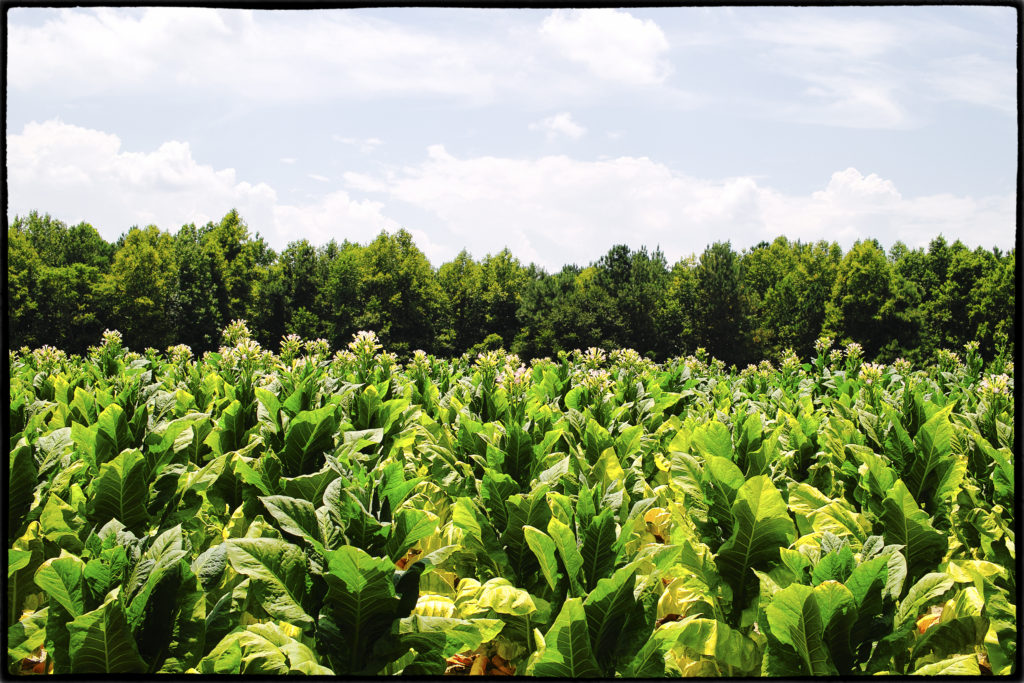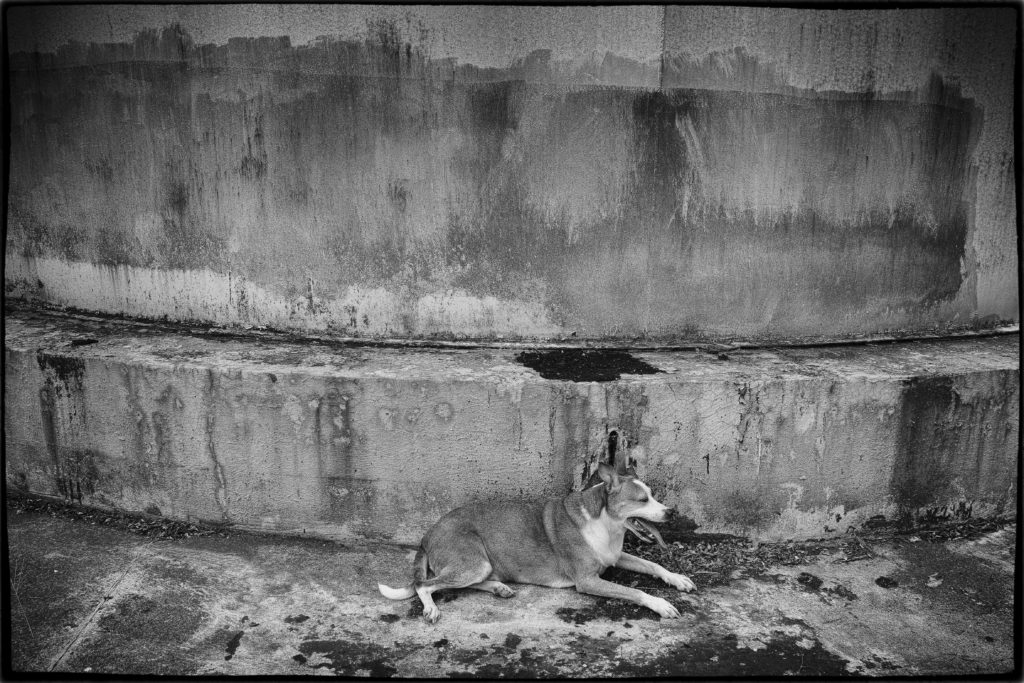At Photokina 2018, Leica Camera AG announced a strategic partnership with SIGMA, referred to as the ‘L-Mount Alliance’. The collaboration enables SIGMA to use the Leica’s L-Mount for SIGMA bodies and to offer both cameras and lenses utilizing this lens mount. The L-Mount lens mount is currently used in the Leica SL full-frame camera system and the Leica CL, TL2 and TL APS-C camera models. L-Mount lenses can be used on all these cameras without adapters and without any functional limitations.
In particular, SIGMA plans to offer a full-frame Foveon sensor body with L-Mount capacity by 2020. The sensor is reputed to be 60 mpx. Coupled with Leica optics, it should be a killer in terms of resolution.
*************
Dr. Andreas Kaufmann, Chairman of the Board, Leica Camera AG: “For photographers, the ability to choose from a wide range of lenses for their system of preference is extremely important. Especially in the strongly growing market for mirrorless system cameras, users seek increasingly greater product diversity to fulfill a wide range of different photographic needs. We have therefore decided to work together with SIGMA as an immediate response to these needs. SIGMA is a highly respected company that has become firmly established especially in the areas of optical design and lens manufacturing and is able to perfectly complement our existing portfolio of L-Mount products. We are convinced that we and our partners can realize mutual and sustainable growth for all our products.”
Kazuto Yamaki, CEO, SIGMA: “SIGMA is joining this alliance to develop mirrorless cameras benefiting from a short flange back. As SIGMA strives to develop high performance, high quality, and innovative products, this alliance will strengthen the level of completion and the extensibility of our camera system and provide greater user benefits. Leica is a magnificent company that has been contributing to photographic culture for more than 100 years. Together with SIGMA’s unique, high performance and high-quality products, the L-Mount will evolve as an extremely attractive system for users.”
The L-Mount was introduced by Leica Camera in 2014 with the Leica T. A diameter of 51.6 millimeters was chosen to make the L-Mount suitable for use both with full-frame and APS-C sensors. A short register of 20 millimeters enables a short distance between the lens and the sensor, which in turn enables considerably more compact construction – particularly helpful for developments in the wide-angle lens segment. L-Mount bayonets are manufactured from wear-resistant stainless steel and with four flange segments that prevent canting and ensure particularly secure and precisely positioned lens attachment. The standardized L-Mount contact strip ensures trouble-free communication between the electronic components of the lens and the camera – including the possibility of installing future firmware updates for lenses to react to technological advances and exploit the full performance potentials of the lens.
*************
A 4.7 Meg Foveon JPG from the Sigma DP2x, RAW Capture, Developed in Sigma Photo Pro (SPP) 6.6. Click on it to see full res. It’s stunning how much a measly 4.7 Megs resolves
I’ll admit it: I’m intrigued by SIGMA’s Foveon cameras. If anything could turn me into a pixel-peeping tech geek, it’s a Foveon sensor, if only because you can’t help but admire what it’s capable of. The Merrills and Quattros are remarkable for their price – literally medium format IQ in a pocket camera. Plus, they’re wonderfully understated. They aim to do one thing well – produce medium format quality from an APS-C sensor, and they’ve succeeded. They’ve had to entertain some compromises to reach that goal, but they’re marginal in relation to the payoff, which is stunning detail and color fidelity. Both the Merrills and the Quattros (a slight variation on the 3 layer sensor theme) are built for hard-core photo enthusiasts, nothing superfluous baked into them to appease dilettantes or videographers, no modes, no HDR, no facial recognition or any other bullshit designed with your assumed stupidity in mind.
It’s interesting to me that Leica has chosen to partner with SIGMA, of all people. I’m assuming they’re interested in the potential of the Foveon technology and how the Foveon sensor can resolve Leica’s exacting optics. Additionally, It’s going to allow SIGMA to produce optics to be used on their SL, T and C models, which will undoubtedly prove popular given their (assumed) significantly lower price. This seems to be a partnership that makes sense, focused as it is not on the production of status objects but dedicated photographic instruments.



As much as I have admired the technology, I doubt that the partnership between Leica and Sigma has anything to do with Foveon sensors, rather, it is simply a marriage of convenience.
Couldn’t agree more. I would imagine that the hope might really be to move more Leica glass at some stage of the game. Though quite happy with my Nikkors back in the day, I would have liked to have been able to try out a couple of longer Leitz lenses on the F, F2 onwards. Not to be.
Rob
Careful now, you’re going to tempt me to buy (yet) another camera…
Lee, yield not to temptation. Those wise cats knew the futility over two thousand years ago; it’s why they put that into their stone orders book.
Rob
The image of the dog looks fine as a small jpeg and perfectly fine in the next stage of enlargement, but just weird when fully enlarged. Looks more like an etching than a photographic image. Unintentional sharpening-slider-suicide?
Nope. That’s the Foveon sensor resolving details you’ve never seen before. the level of resolution out of the Merrill is crazy. Think of it as a pocket-sized PhaseOne. Believe it or not, only sharpening added was standard sharpening for web viewing through LR.RAW was developed in SPP, which makes a huge difference as opposed to a DNG file developed in LR from the sd Quattro.
“Nope. That’s the Foveon sensor resolving details you’ve never seen before.”
In that case I’ll definitely pass.
I don’t usually stretch online images beyond the size they appear on the viewing device. Doing it on the dog, just to see what you two were on about, I see your objection: it looks neither like fur nor claw. And yeah, I have seen a lot of both pretty close up.
Can it be a product of doing just that: enlarging beyond the natural screen size to which the jpeg has been made, which means one is doing the digital version of enlarging a paper print rather than its negative? I don’t know the reasons – not a tech guy at heart. Usually, if I do try to enlarge one of my own website images on the little iPad it doesn’t do it as reasonably as when viewing it on the larger monitor screen on which it was born. That said, it also goes softer rather than the odd way the pooch has mutated. However, I believe that all the systems of viewing and hosting use different techniques to allow stuff to work across varied mediums.
Rob, I believe if it was upsampled then I’d expect to see a softening and there’s certainly no evidence of that there, in fact just the opposite.
I do like the image content, but apart from looking over-sharp the image also looks way too contrasty.
I have in the past admired the capabilities of the Foveon sensor, but in this case I think the resulting image has more to do with post work than the sensor.
IMO
This, for me, kicks in a bit of desire. The Foveon thing, from sensor to software, is a but quirky, and only for the dedicated, but the results are out of this world. I’ve got to think Leica is on the right track here. Oh! and, one of the things I like best about Sigma……they don’t seem to give a damn about popular opinion.
Agree. I love that Sigma has a vision and is pursuing it.